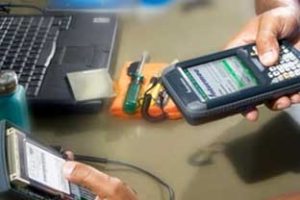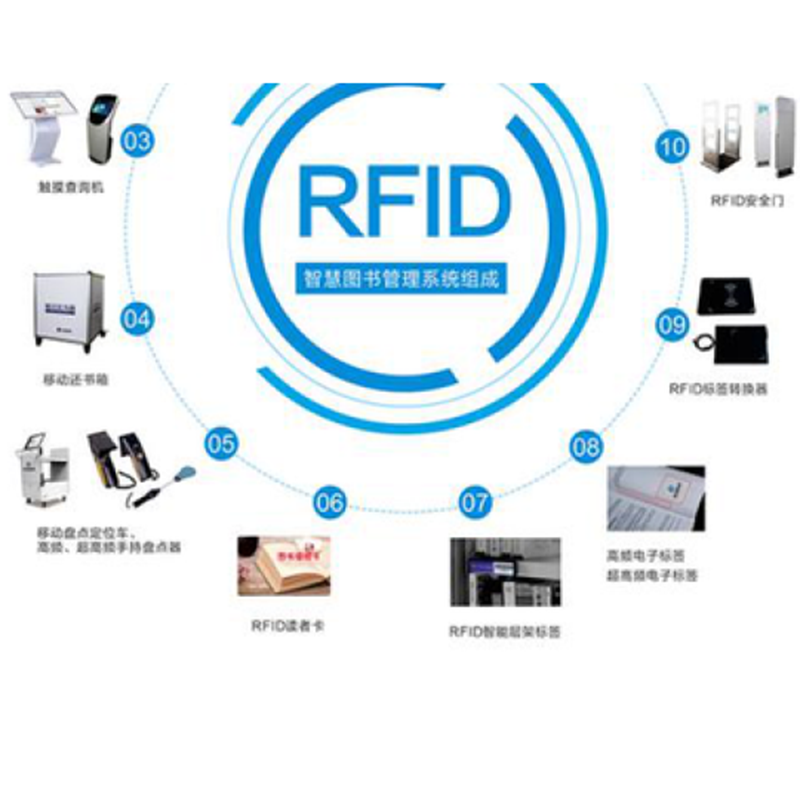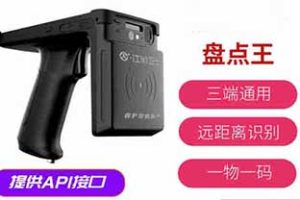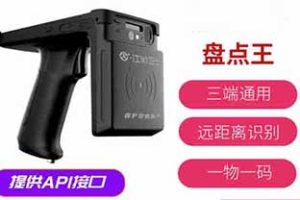RFID systems, types, characteristics, and applications of RFID readers 123
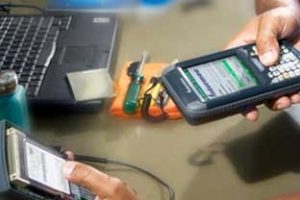
RFID readers and writersThe RFID system consists of an RFID reader/writer, an RFID antenna, and an RFID tag. The reader/writer is responsible for communicating with the tag, the antenna is used to receive and send wireless signals, and the tag stores information about the item. RFID readers can be divided into several types based on their operating frequencies: low frequency, high frequency, and ultra-high frequency; According to their appearance design, RFID readers can be divided into several types: embedded readers, fixed readers, handheld readers, and tablet readers. So, how should RFID readers be selected? What factors should be considered when choosing an RFID reader/writer?
1. Frequency RFID systems are mainly divided into low frequency, high frequency, and ultra-high frequency. Low frequency is suitable for close range reading and writing and small-scale item management; High frequency has clear reading area boundaries, strong anti-interference ability, and is suitable for identifying people or objects within 1 meter; Ultra high frequency is suitable for long-distance, large-scale item tracking and supply chain management; When selecting RFID readers, it is necessary to choose the appropriate frequency band based on specific application requirements.

2. The reading and writing distance and speed of different types of readers also vary. Generally speaking, the higher the power, the farther the reading distance. Choose the appropriate reading and writing power according to actual needs to ensure that the coverage range and reading and writing speed meet the requirements.
3. The requirements of different industries and application scenarios vary. When choosing an RFID reader, it is necessary to fully consider the application scenario and requirements.
4. In some complex and harsh environments, anti-interference performance may be affected by electromagnetic fields, metals, liquids, or other wireless signals. Therefore, when choosing an RFID reader/writer, it is necessary to have good anti-interference performance. What are the characteristics and applications of different types of RFID readers?
RFID systems, types, characteristics, and applications of RFID readers 123
1. Fixed readers are usually fixed in a certain location for identification and are usually equipped with multiple antenna ports. The number of antennas can be external or internal, depending on the coverage range required for RFID applications. Common fixed readers include split type, integrated type, and desktop type. Fixed readers can have more antenna options and can choose different antennas in different scenarios to achieve better results in reading distance and reading range. At present, fixed readers are mainly used in industries such as warehousing and logistics, asset management, vehicle management, and industrial manufacturing.
2. Embedded RFID readers are generally equipped with multiple interfaces, making it convenient to embed the reader into other devices. When choosing an embedded reader, it is recommended to choose one with anti-interference and anti metal properties. Because many machine parts are made of metal materials, metal can have a certain impact on the performance of the reader/writer. Therefore, choose a reader/writer with strong resistance to metal and interference to ensure the normal operation of the reader/writer. Embedded readers are widely used in fields such as warehouse management, intelligent transportation, library and archive management, access control management, and industrial manufacturing.

RFID systems, types, characteristics, and applications of RFID readers 123
3. The design of a handheld reader is not much different from that of a regular PDA, but it includes the function of RFID reading and writing. The handheld RFID reader can also communicate with the host or smart device when reading RFID tags. Compared to fixed readers, handheld readers do not require installation and can read RFID tags by simply opening the device. The application scenarios are more diverse and the collection functions are more varied. Handheld readers are widely used in fields such as warehousing and logistics, asset management, and retail stores.
4. Flat panel reader, also known as tablet all-in-one machine, is mainly designed for desktop small batch electronic tag recognition. As long as the RFID tag is placed on the reader, the product information can be read. The flat panel reader adopts anti metal design and can stably read electronic tags even in metal environments. Flat panel readers are widely used in fields such as book/archive management, jewelry inventory, drug management, and store counter settlement.

Welcome new and old customers to call us for inquiries. We support small batch production and customized appearance. We will provide you with 1V1 technical consulting services for free! We have a research and development center of over 3000 square meters in Shenzhen Guangming Pilot Industrial Base, with 12+laboratories. We welcome new and old customers to inquire by phone. Our company supports small batch customization and packaging design,
We have strong research and development capabilities and are a trusted manufacturer. Welcome to call or sales@molddl.com Consultation, please contact us for free samples!
This article is included in Baidu Wenku
Our company supports small batch customization, packaging design, and contract processing

